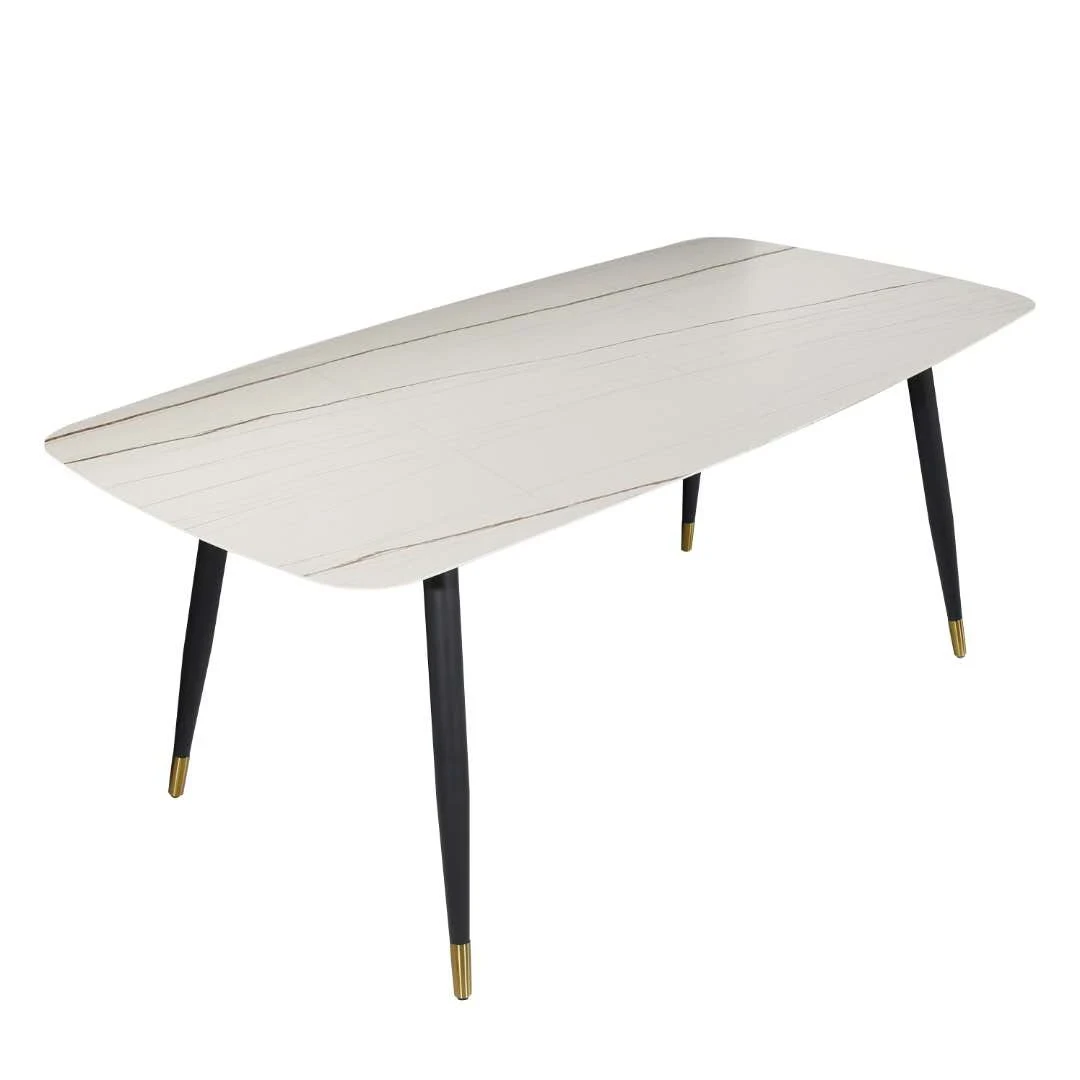The 4-axis bridge saw is a revolutionary machine in the stone processing industry, designed to enhance precision and efficiency in cutting various materials such as granite, marble, and quartz. This advanced machinery integrates sophisticated technology with user-friendly operation, making it an essential tool for fabricators aiming to achieve high-quality results in their projects.
Understanding the 4-Axis Configuration
A 4-axis bridge saw consists of three linear axes (X, Y, Z) that control the movement of the cutting tool in three-dimensional space. The fourth axis typically allows for rotation (often referred to as the C-axis), enabling the cutting head to tilt at angles of 0° or 45°. This configuration allows for a wide range of cutting capabilities, including:
- Straight cuts
- Bevel cuts
- Chamfering
- Circular and oval cuts
- Special-shaped processing
The ability to rotate the cutting head significantly enhances the versatility of the machine, allowing it to execute complex designs that would be challenging with traditional cutting methods.
Yongda Bridge Cutting Machine
YD series 4 axis bridge daw machine is an intelligent cutting machine designed to meet the diversified needs of the processing for stone enterprises. The machine is multifunctional, easy to operate, and processed precisely but with low energy consumption. YD 4 axis bridge saw is a necessary processing equipment for the stone processing enterprises. One 4 axis bridge cutter can meet almost all the working. Requirements and different functions can be converted very fast and conveniently.
Advantages of Using a 4 Axis Bridge Saw
Precision Cutting: The integration of CNC technology ensures that cuts are executed with high accuracy. This precision is crucial for industries where tight tolerances are necessary, such as in countertop fabrication.
Versatility: The 4-axis configuration allows for various cutting styles and shapes, making it suitable for diverse applications—from basic slabs to intricate designs.
Efficiency: Automated processes reduce manual labor and increase productivity. The machine can operate continuously with minimal downtime, which is beneficial for large-scale production.
User-Friendly Operation: Many modern 4-axis bridge saws come equipped with intuitive control systems that allow operators to program cuts easily. This ease of use reduces training time and operational errors.
Space-Saving Design: These machines are often designed to occupy less floor space compared to traditional saws while providing similar or enhanced functionality.
Applications of 4 Axis Bridge Saws
The versatility of the 4-axis bridge saw makes it applicable in various industries:
Stone Fabrication: Ideal for creating countertops, tiles, and intricate stone designs.
Construction: Used for cutting stone materials for building facades and decorative elements.
Artistic Projects: Suitable for artists and sculptors who require precise cuts for their stone works.
Custom Fabrication: Allows for tailored solutions in architectural designs where unique shapes are needed.


Choosing the Right 4 Axis Bridge Saw
When selecting a 4-axis bridge saw, several factors should be considered:
Material Compatibility: Ensure the machine can handle the types of materials you plan to work with—whether it's granite, marble, or engineered stones.
Cutting Capacity: Assess the maximum dimensions and thicknesses the saw can handle based on your project requirements.
Software Capabilities: Look for machines that come with advanced software for easy programming and design execution.
Maintenance Requirements: Consider how easy it is to maintain the machine and whether spare parts are readily available.
Cost vs. Budget: Balance your budget against the features offered by different models to find a suitable option without compromising on quality.
Conclusion
The 4-axis bridge saw represents a significant advancement in stone processing technology. Its combination of precision, versatility, and efficiency makes it an invaluable asset for fabricators looking to enhance their production capabilities. As industries continue to evolve towards automation and precision engineering, investing in a high-quality 4-axis bridge saw can lead to improved product quality and increased competitiveness in the market. Whether you're involved in large-scale manufacturing or custom artistic projects, this machine offers a reliable solution that meets diverse cutting needs effectively.








